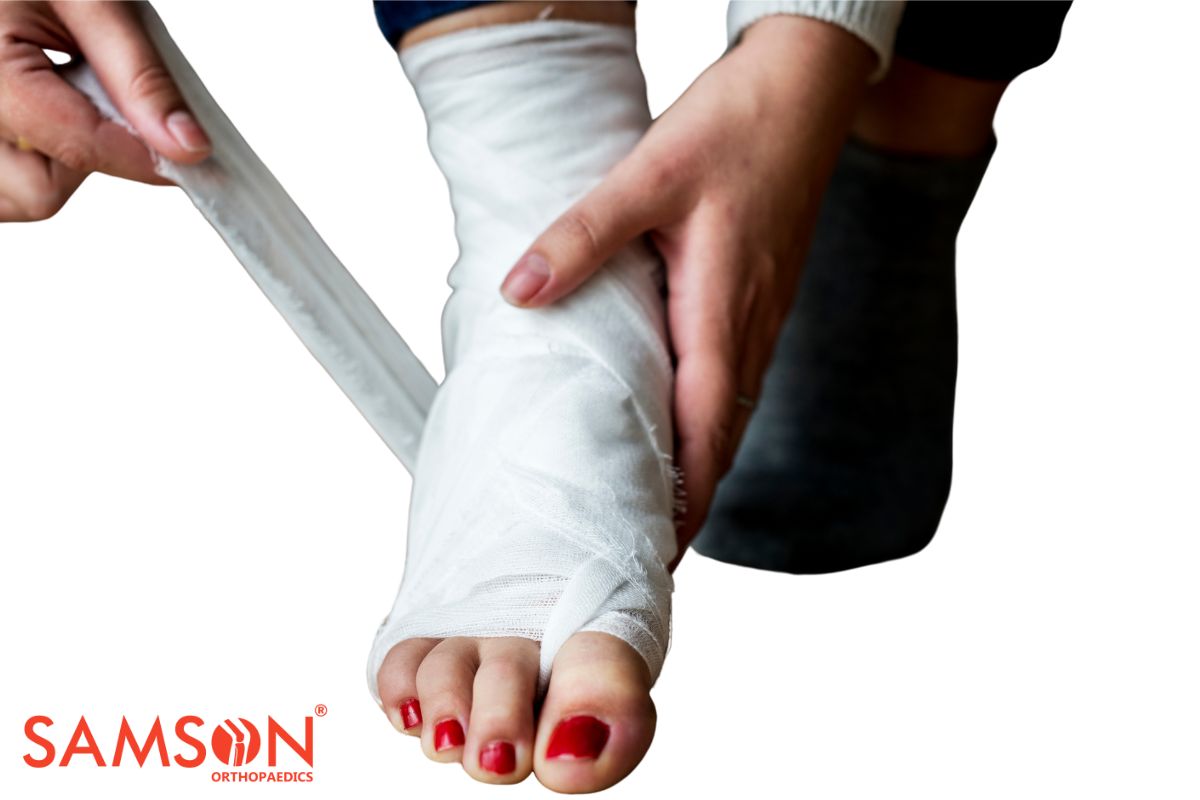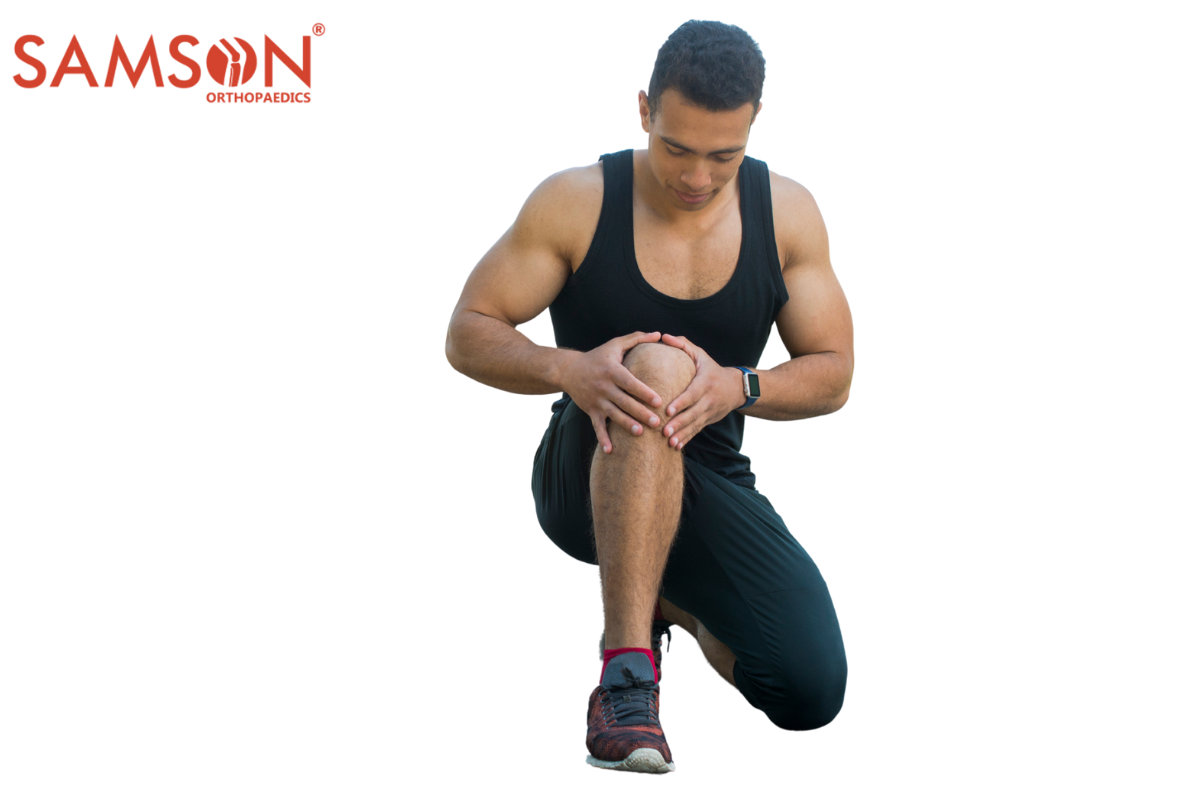If you’ve recently had a foot, ankle, or toe injury—or even surgery—you might be hearing a lot of unfamiliar terms. One of those might be cast shoe. And if you’re wondering, “Do I really need this?”—you’re not alone.
We know recovery can feel overwhelming. So let’s take a moment to gently walk you through what a cast shoe is, how it works, and why it can make your healing journey much smoother.
🌟 What Is a Cast Shoe?
A cast shoe (sometimes called a plaster shoe or medical walking shoe) is a protective, open-toe footwear option that’s designed to be worn over a plaster cast, bandage, or dressing. It helps protect your foot while allowing you to walk more safely during recovery.
Think of it as a supportive sandal for your healing foot. It usually has:
-
A non-slip sole to prevent slipping
-
Adjustable straps for a snug but gentle fit
-
A firm base to keep your foot stable
-
An open-toe design for breathability
👣 When Might You Need a Cast Shoe?
You might need a cast shoe if you’re recovering from:
-
A foot or toe fracture
-
A sprained ankle
-
Post-surgical dressings
-
A plaster cast or soft wrap
-
Severe bruising or swelling that makes regular shoes uncomfortable
Doctors or physiotherapists often recommend cast shoes when your foot needs protection but you’ve reached a point where some gentle walking is allowed. It bridges that tricky gap between total rest and full mobility.
✅ How a Cast Shoe Helps During Recovery
Here’s how a cast shoe supports your healing:
-
Protects your cast or dressing from dirt, impact, and uneven ground
-
Improves mobility so you can walk short distances without as much discomfort
-
Offers grip and balance to reduce the risk of slipping
-
Reduces pressure on sensitive areas by evenly distributing weight
-
Enhances comfort when normal footwear just won’t do
It’s a small step that makes a big difference—especially if you’re tired of hopping or struggling to balance.
🧡 How to Wear a Cast Shoe Properly
Wearing your cast shoe the right way is key to getting the most benefit. Here’s what to keep in mind:
-
Always wear it with a sock or bandage, unless your doctor says otherwise
-
Secure the straps firmly, but not so tight that it restricts blood flow
-
Avoid uneven or slippery surfaces until you feel stable
-
Take it slow at first—short walks around the house are a great place to start
-
If your cast shoe causes rubbing, slipping, or discomfort, let your doctor or physiotherapist know right away
🛍️ What to Look for When Choosing a Cast Shoe
Not all cast shoes are made equal. Here’s what to consider when picking one:
-
Anti-skid sole for better grip
-
Lightweight build so it’s easy to walk in
-
Adjustable Velcro straps for a secure fit
-
Durable base to protect from wear and tear
-
Breathable materials to keep your foot cool
-
A universal fit (many are made for both left and right foot use)
You can often find cast shoes in medical stores or online under terms like orthopedic cast shoe or post-op shoe.
Final Thoughts
Recovering from an injury isn’t just about healing bones or muscles—it’s also about regaining your confidence to move again. A cast shoe might feel like a small detail, but it can be a comforting companion on the path to recovery.
So if your doctor recommends one, know that it’s not just another piece of gear—it’s a helpful tool to get you walking safely, steadily, and with less worry.
If you ever have questions about how to use it or whether it’s right for your specific condition, don’t hesitate to ask your healthcare provider. We’re here to help you heal—step by step.












Leave a comment
This site is protected by hCaptcha and the hCaptcha Privacy Policy and Terms of Service apply.